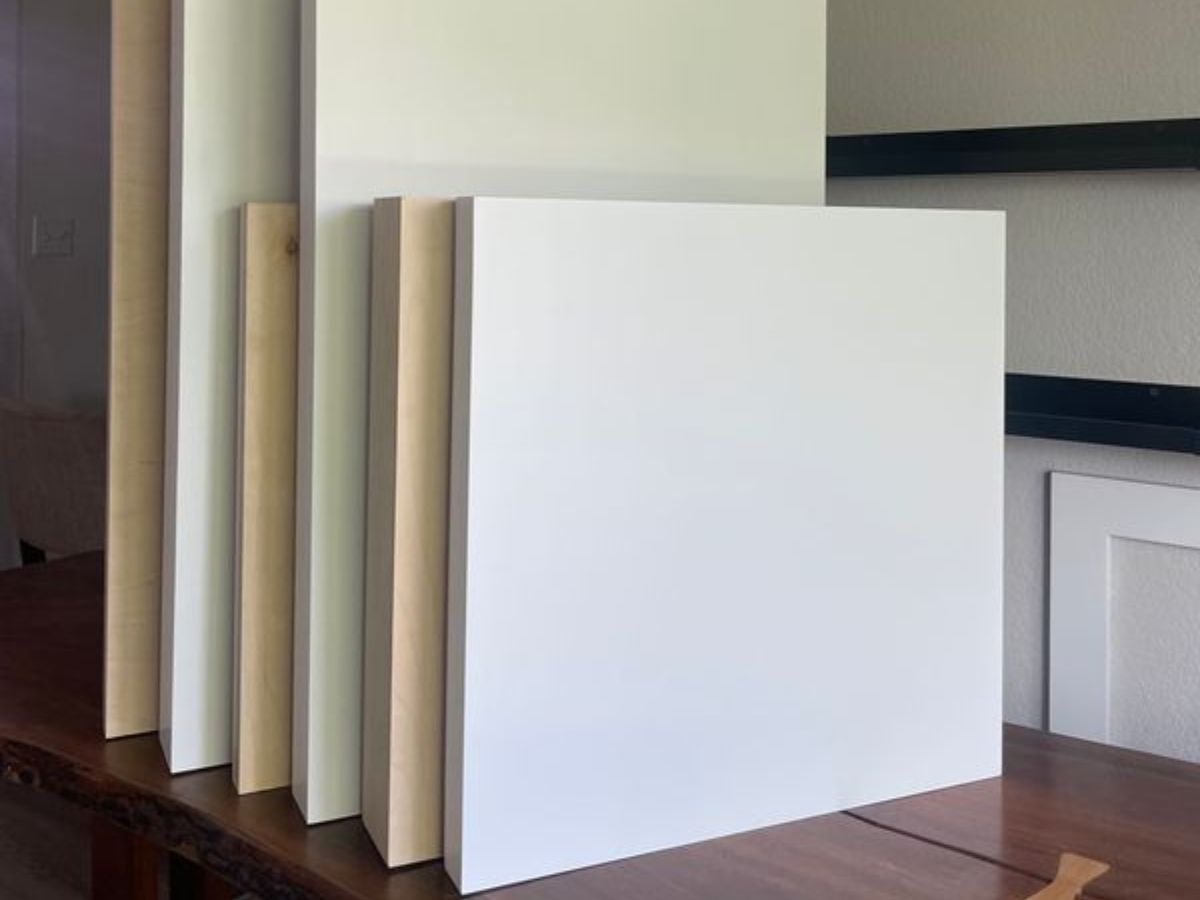
Selecting the Right Wood Type for Your Art Panel
When it comes to painting surfaces, canvas gets most of the attention, but wood panels deserve a solid place in your studio. They’re stable, versatile, and perfect for detailed work. But not all wood is created equal. The type you choose matters for your technique, your materials, and the longevity of your work.
Here’s a breakdown of the most common wood types for art panels and how to choose the right one for your needs:
1. Birch Plywood
Best for: Acrylic, oil, and mixed media
Why choose it: Birch is a go-to for many artists. It’s lightweight but strong, with a smooth surface ideal for detailed painting. It also holds up well to priming and multiple layers without warping.
Watch out for: Occasional surface knots or veneer irregularities. Always inspect before buying.
2. Maple
Best for: High-end work, large panels
Why choose it: Maple is denser and more stable than birch. It resists warping over time and handles heavy layering well. If you’re planning a large piece or something archival, maple is worth the investment.
Watch out for: Heavier and more expensive than birch.
3. MDF (Medium-Density Fiberboard)
Best for: Practice work, budget-conscious projects
Why choose it: MDF has a very smooth, uniform surface that’s great for precise work. It’s also inexpensive and easy to cut to size.
Watch out for: It’s highly absorbent and prone to moisture damage. You must seal all sides (including edges) with acrylic medium or shellac before priming.
4. Hardboard (Masonite)
Best for: Studies, quick projects, or rigid backing
Why choose it: Hardboard is affordable and sturdy. It can serve as a great surface for acrylics or as backing for canvas.
Watch out for: Needs a proper primer. Raw hardboard can leach acids into your paint if unsealed. Stick to archival-quality versions when possible.
Choosing the Right Panel for Your Practice
- For fine detail: Birch or maple
- For large-scale work: Cradled maple or high-grade birch
- For experimentation or student use: MDF or hardboard
- For mixed media: Birch with extra sealing (especially if you’re adding texture or adhesives)
Final Tips
- Always seal raw wood before priming especially for oil painting.
- Cradled panels (with a built-in wood frame) are easier to hang and less likely to warp.
- Sand lightly between coats of gesso for a smooth, pro-grade surface.
Choosing the right wood panel doesn’t have to be complicated. Start with birch if you’re unsure—it’s a reliable middle ground. As your practice evolves, you’ll find the wood that works best for your style, scale, and budget.
